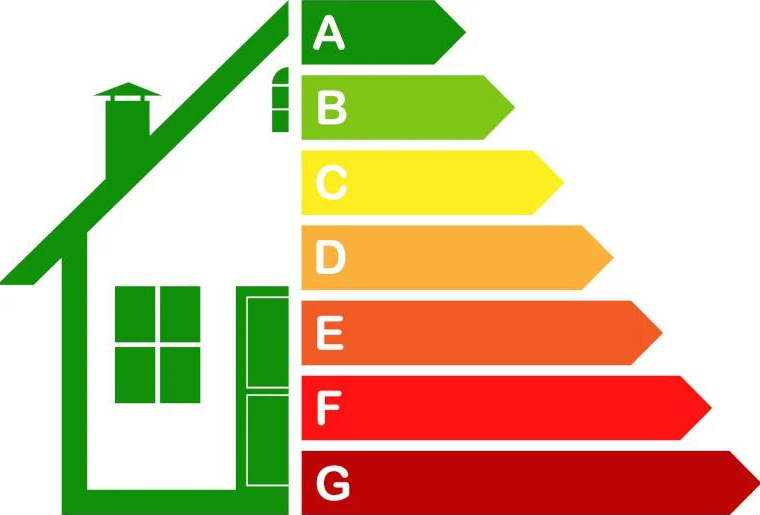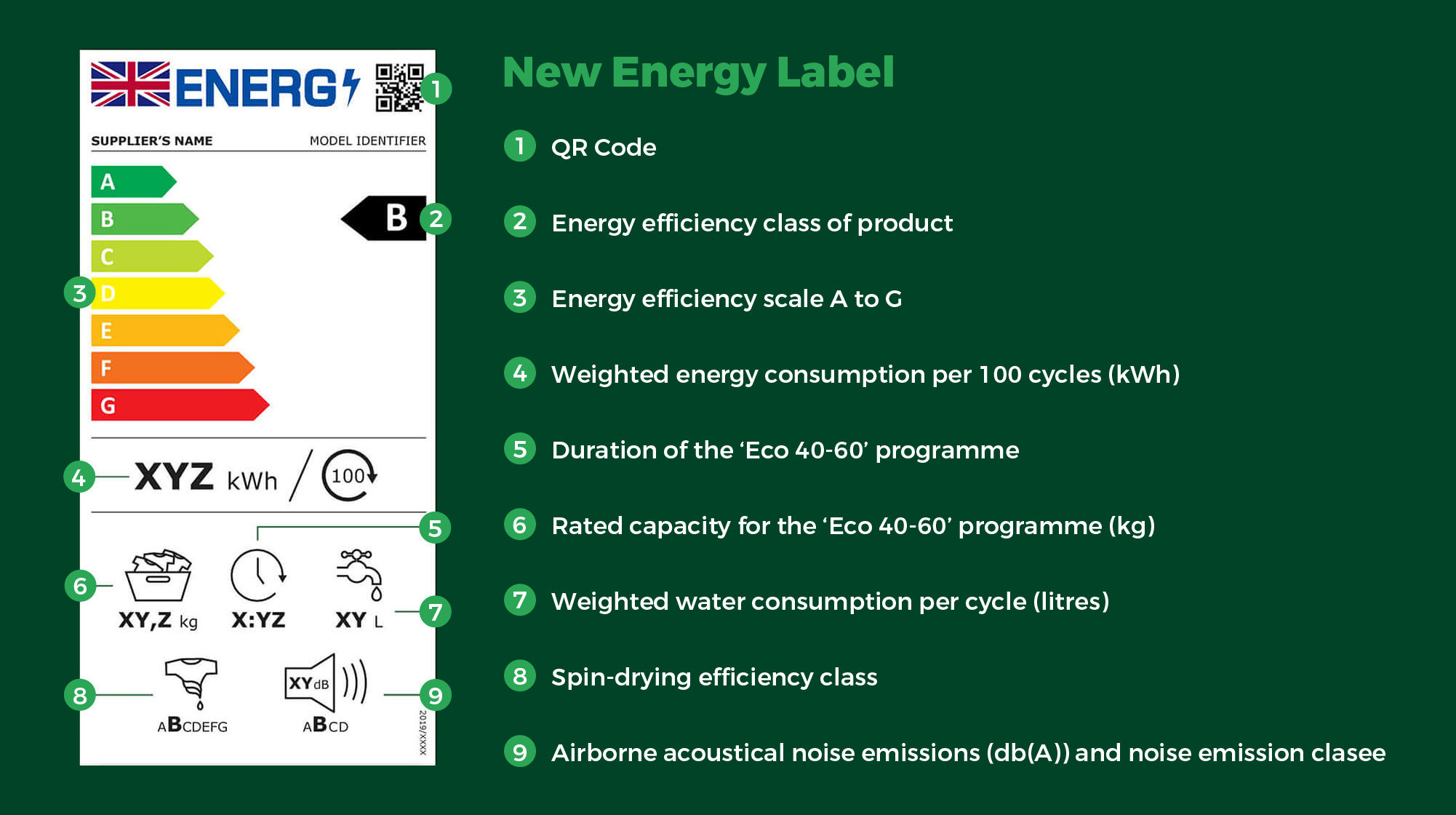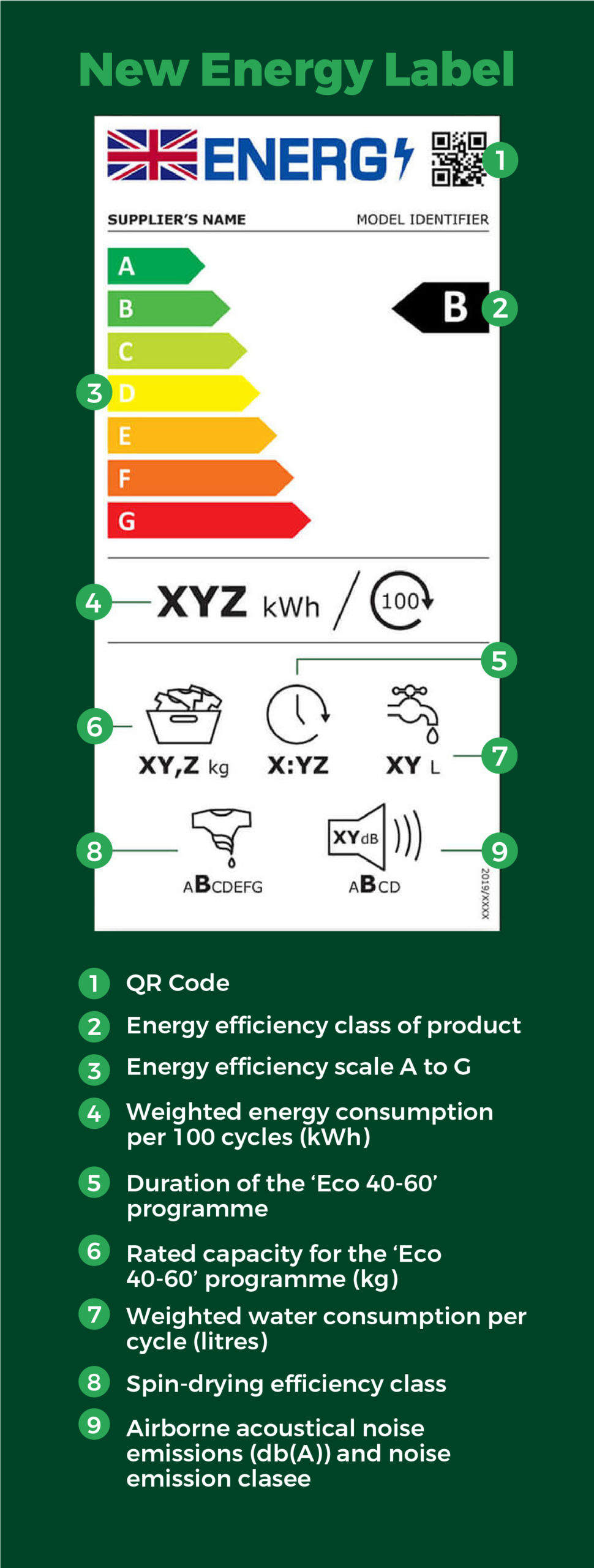When we look for the appliances that’ll be the heart of our homes, energy efficiency is becoming increasingly more important to us. And with modern appliances now eco-friendlier than ever, the way a product’s energy efficiency is rated is changing.
Since 1st November 2020, the energy labels that tell us how energy efficient an appliance is have started to transition into a new system, which will be fully in place by 1st March 2021.
Why is it changing?
Household appliances use a lot less energy and water than those from a decade ago. For example, fridge freezers use around 40% less energy, whilst still doing just as good a job (if not better) at taking care of our groceries.
So, with this in mind, the old A+++ to D energy rating system is moving to an easier to understand A to G scale.
This simpler system will not only make it easier to know which appliances are the most energy efficient, but it will also allow more room for innovation. That’s because the current most efficient appliances will now be awarded a B or a C rating in the new rankings, meaning manufacturers have more opportunity to build even more efficient appliances in the future.
These new ratings will also be based on using common programmes or average load capacities to represent real-life usage.

Which Products will be affected?
What’s changing?
Example above is representative of a new washing machine energy label.
FAQs
What do energy labels mean?
An appliance’s energy label tells you how energy efficient it is. If you want be me more eco-friendly and save money on your bills, look for an appliance with a high rating when you shop.
What’s the difference between an A and A+++ energy rating?
In the old rating system an A+++ rated appliance would be more energy efficient than an appliance with just an A rating. But in the changing system, an A+++ will likely be a C rating, possibly a B. Any appliance graded A in the new system will be much more efficient than current A+++ appliances.
What are the changes on energy labels?
From the 1st of March 2021 energy ratings will be changing from an A+++ to D scale to a much simpler A to G scale.
When does the energy label change come into effect?
New energy ratings come into effect from 1st March 2021. Online and in-store energy labels for all relevant appliances will be updated by 14th March 2021. Energy labels in product packaging have been transitioning since 1st November 2020 so you may receive both a new energy label and an old-style label in the box. It’s still the exact same product you ordered, only the energy rating has been updated to the simplified A-G scale.
Which appliances are affected by the energy label changes?
Dishwashers, washing machines, washer dryers, TVs & monitors, fridges & freezers and wine coolers will all use the new labelling system.
What is the new noise rating?
On the new energy labels appliances are given a noise rating based on airborne acoustical noise emissions. These are rated on a scale between A – D.
How does Brexit affect the energy label change?
Brexit will not affect any of the label changes, the only difference is that products sold in the UK will carry a Union Jack on the label instead of the EU flag.
What is Ecodesign?
Ecodesign is a method used to design products with the environment in mind. In the case of white goods, it’s about designing products that are energy efficient and built to last, so that they are as eco friendly as possible.


